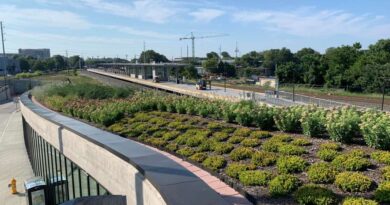Learn from Bend’s Winning Strategy for Infrastructure Grants
With a population of approximately 102,000, the City of Bend, Oregon has won four infrastructure grants from the Bipartisan Infrastructure Law (BIL). These four grants include a Railroad Crossing Elimination Grant, a WaterSMART grant, a Rebuilding American Infrastructure with Sustainability and Equity (RAISE) grant and an Airport Infrastructure Grant. The City of Bend did several things to achieve this feat that other municipalities can follow to find success.
According to the National League of Cities, There were several catalysts for why Bend needed additional funding, but the city and community together focused on one project narrative when seeking grants. Bend, like many communities, is projected to grow by 50 percent over the next 20 years so with that rapid population growth they knew they needed to expand their infrastructure to meet this demand. Step one was to figure out what and where the need was in the city. This information was primarily compiled in Bend’s Transportation System plan, adopted in 2020, which recognized that approximately one billion dollars of investment was needed over the next twenty years to improve and maintain transportation infrastructure in the city.
Since The Great Recession, the city has invested approximately $1 billion in infrastructure investments – across drinking water, sewer, stormwater, and transportation. Most of that funding was raised from the local community – prior General Obligation Bonds, System Development Charges, or via increased utility rates. With a fast-growing community, critical infrastructure needs, and new opportunities that arose as a result of the federal Infrastructure Investment and Jobs Act (IIJA), the city made aggressively tracking and pursuing grant opportunities a major priority.




